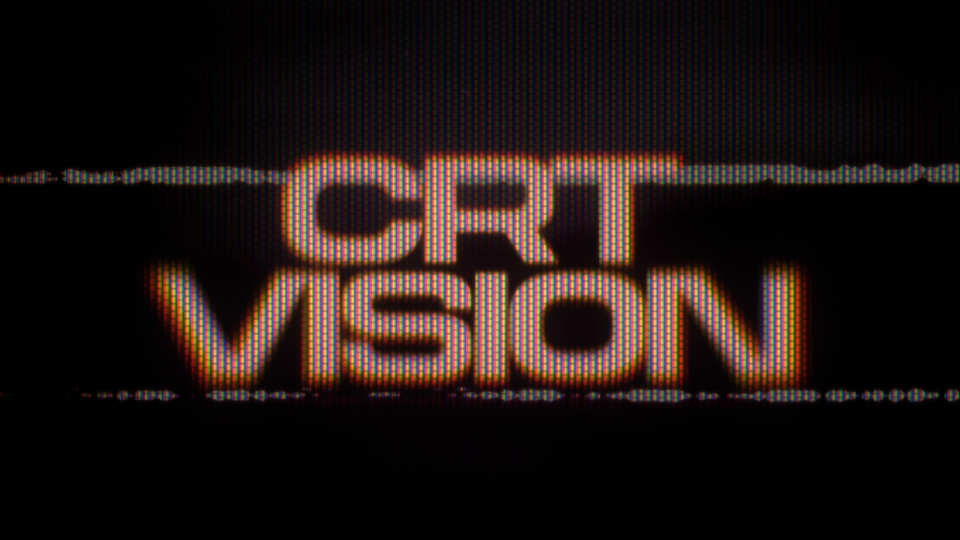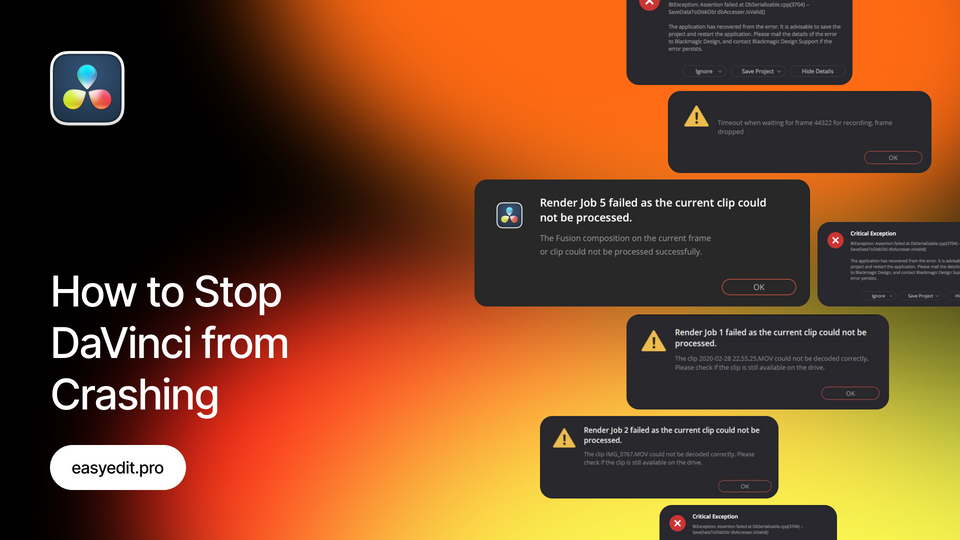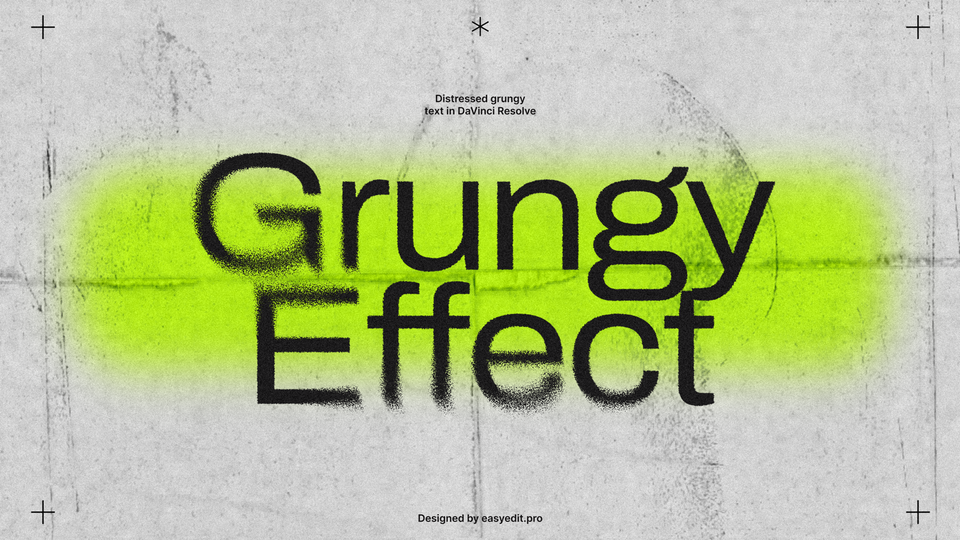
Created: 2 years ago
How to Remove Objects in DaVinci Resolve (in Color, Fusion or Edit tabs)
All methods will do a great job, still, you can use the first one only in the Studio version of DaVinci Resolve.
Let’s use all of them to see which one is better!
Remove objects via Color tab
This method is much quicker, but you can only use it in the Studio version of DaVinci Resolve.
Select your clip and go to the Color Page.
Create a mask around the object you want to remove using the Curve tool.
Use the Tracker Window, to track the mask back and forth - with the help of this feature, you’ll be able to track the mask through the whole video.
Create a new Node and connect the original one to it as a mask using the blue arrow.
Now, go to the Effects, select Object Removal and drag it to your second Node.
Click Scene Analysis, so DaVinci Resolve will analyze your scene.
The last thing, click on the Build Clean Plate button to finish the process.
This method is the most accurate, due to the specifics of the Object Removal effect and the ability to mask the object as you want.
Remove objects via Fusion tab
The second method would take a bit more time, but you can use it in the free version of DaVinci Resolve.
Select your clip and go to the Fusion tab.
Here we have two nodes, MediaIn and MediaOut.
Select the first node and click on Shift+Space to open a Select tool.
Here, search for the Paint tool and click Add.
With the Paint node selected, go to the Inspector>Apply Controls and select the icon with brushes.
Now we need to zoom in a little bit to see our object better and select a stroke tool from the top menu.
Now, if you hold Alt and click on the area next to your object, which will suit the replacement, DaVinci Resolve will use the selected area to paint over your object.
You can also control the Brush size and softness via Brush Controls in the Inspector menu.
To track the result, click on the Select tool and select an area where you painted the object over.
Click on the PaintGroup icon on the top left corner to group all brush strokes.
Now, go to the Inspector>Controls and right-click on the Center controller. In the drop-down menu, select Modify With>Tracker Position and switch to the Modifiers menu.
Here we should drag our MediaIn node to the Tracker Source menu and click the Track Forward button.
After DaVinci Resolve has tracked our result, we can preview it and go to the Color tab to fix some incorrections by color grading our video.
This method is available in the free version of DaVinci Resolve, but it would take a little longer to get the perfect result.
Remove objects via Edit tab
Select your clip and go to Effects>Resolve FX Revival>Patch Displacer.
Drag the effect to your clip and go to Inspector>Effects. Then activate Open FX view mode under video viewer, to see effects controls.
Here you’ll get two windows - one with the area you want to replace and second with the donor area you can use for the replacement.
In the controls, you can change the region shape, fill-in method, replacement detail amount or customize other controls to your liking.
Place one of the windows in the area you want to remove and the second window in the area suitable for the replacement.
The effect will be automatically tracked throughout the whole video.
This method is also available in the free version of DaVinci Resolve and is quite similar to removing objects in the Fusion tab, though it will take less time.
To Sum Up
All three methods of removing objects in DaVinci Resolve are very common, though making it via Color tab is more convenient and will get you the most accurate result.
The result will mostly depend on how complicated your video is, but with each Resolve update the functionality only gets better.
Blackmagic Design has just launched DaVinci Resolve 18.5, which includes an improved Magic Mask, new tracking abilities and much more - read about it in our new article!
Unlock unlimited templates for DaVinci Resolve - join EasyEdit Stock to get the highest quality LUTs, transitions, text effects, and more, with assets updated daily!
10k elements for Reels and Stories
Looking to add a splash of creativity to your Instagram stories and reels? You're just a click away! Discover our iOS app infi: packed with 10,000+ unique stickers and design elements to breathe life into your social media content.







